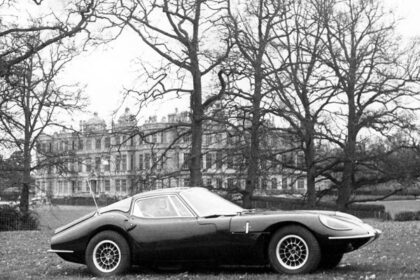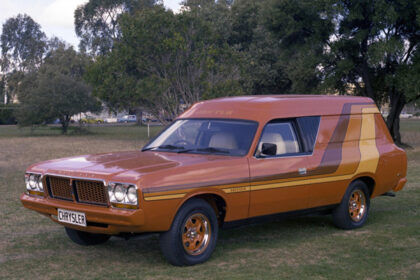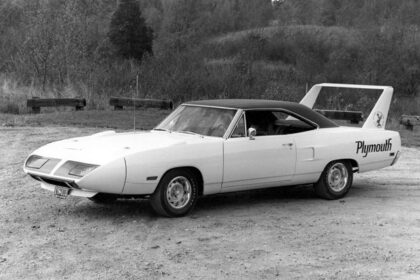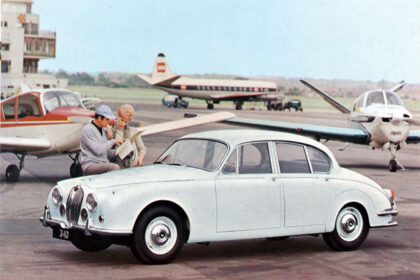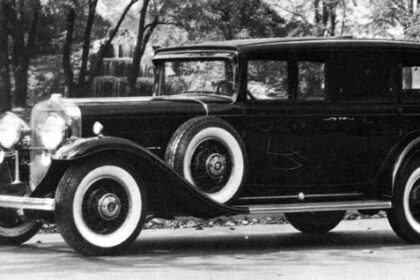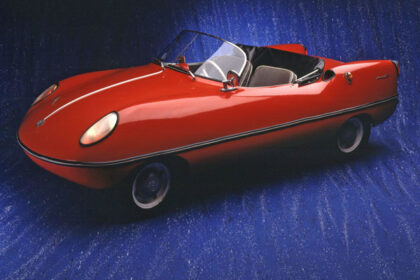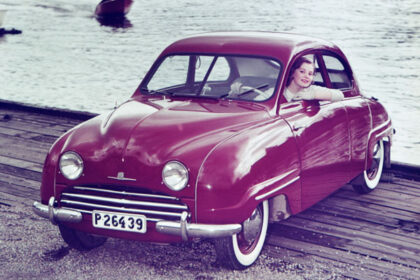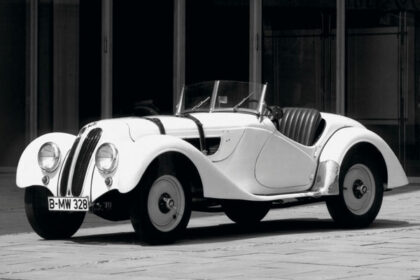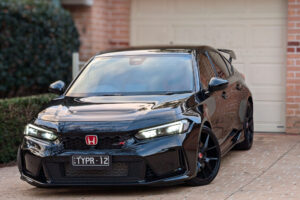MORGAN 4/4
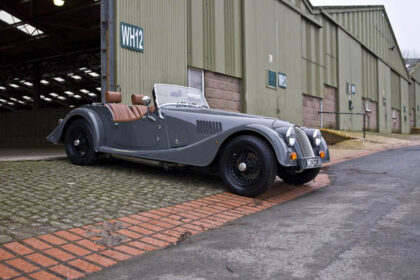
It may surprise some to know that Morgans remained in production largely unaltered for 50 years longer than any other car in the world. Yet hardly any two of the 15,000 or so four- wheeled Morgans built since 1936 were exactly alike as they had all been built by hand like traditional sports cars with a body, chassis and suspension dating from the early part of the century. The body panels, in particular, were worked by hand for the best fit, and were varied like the trim to meet the… Read more





